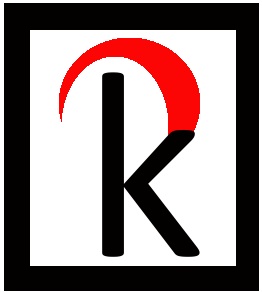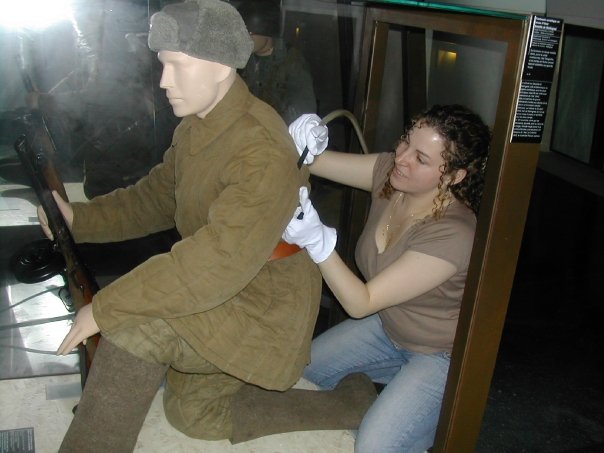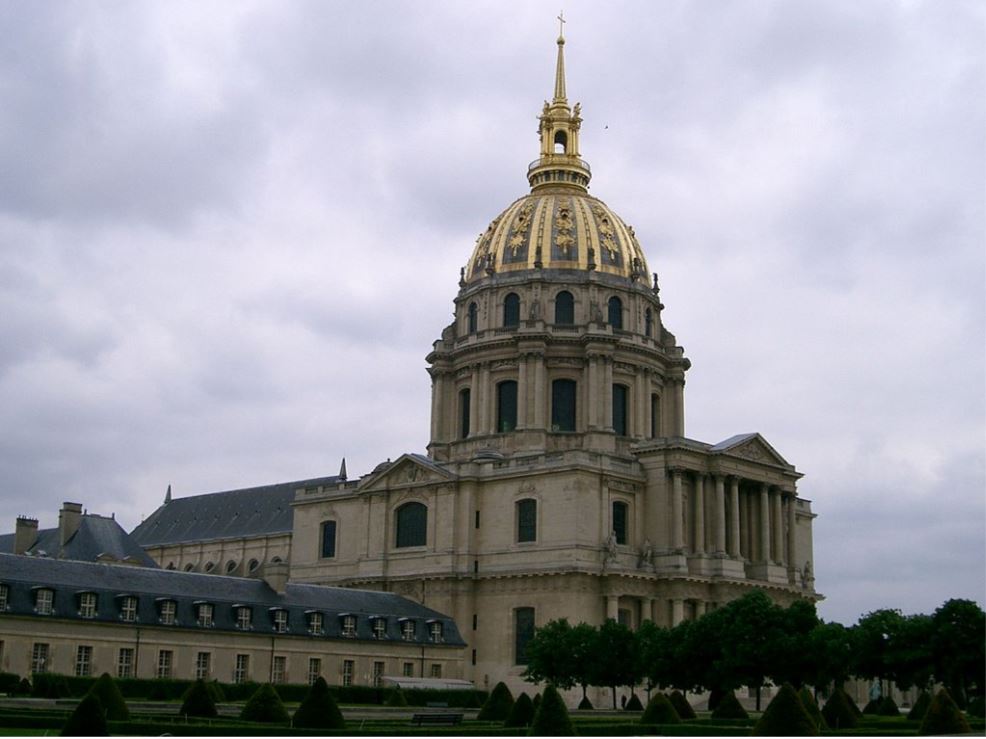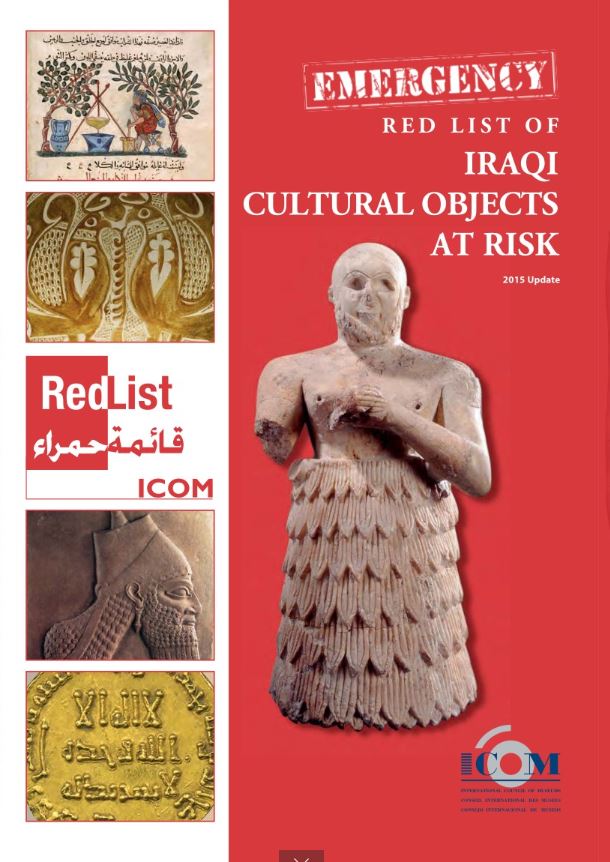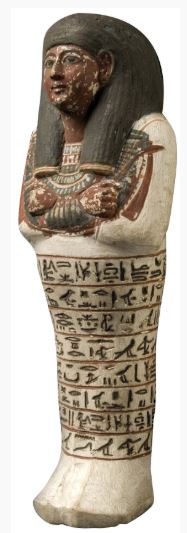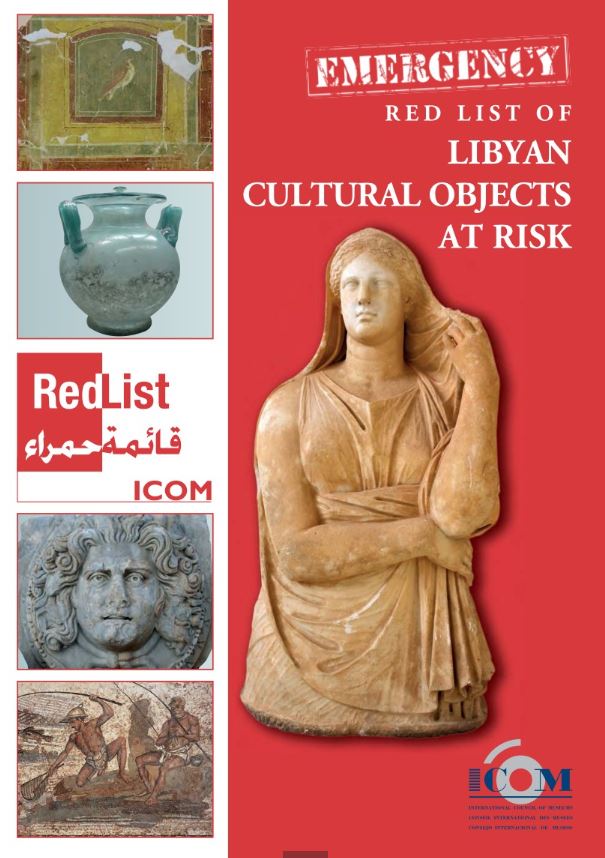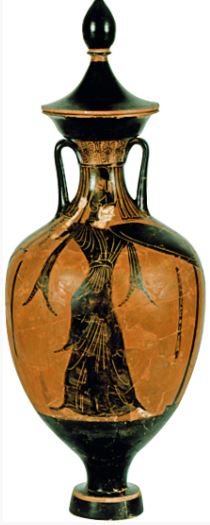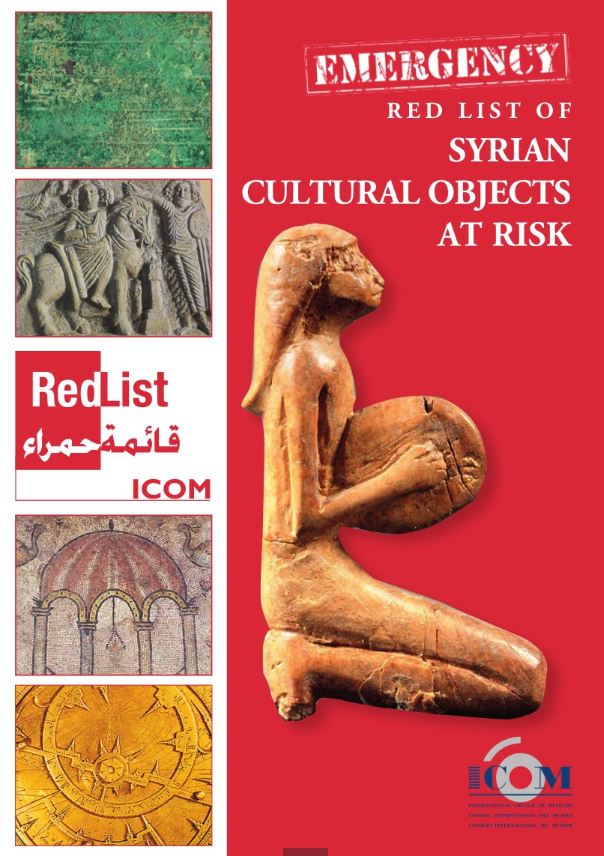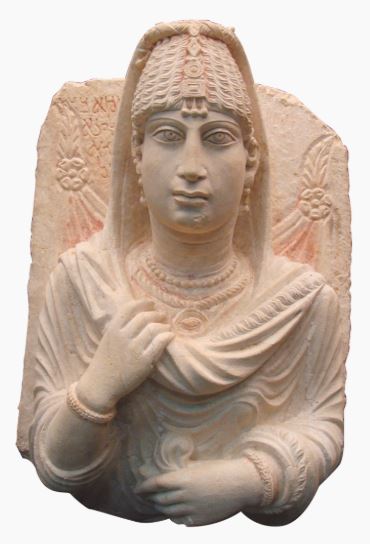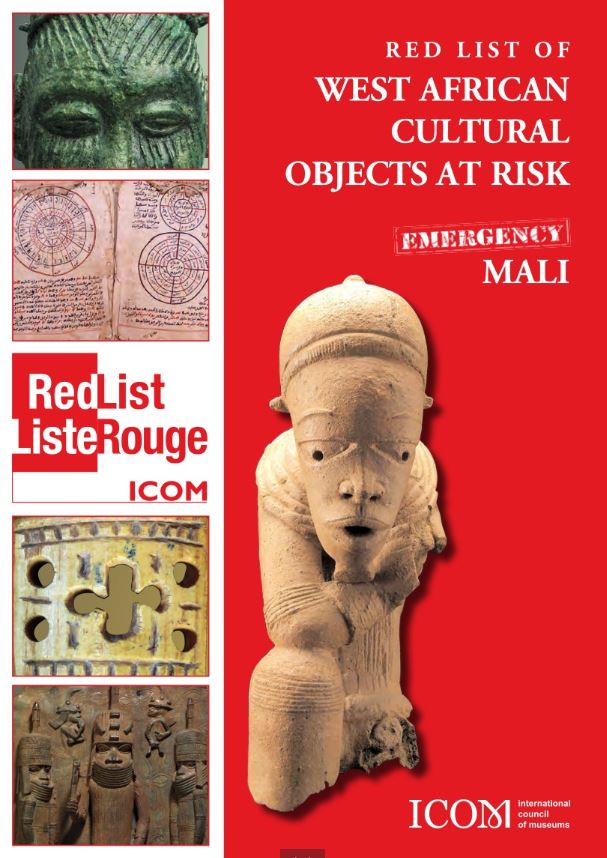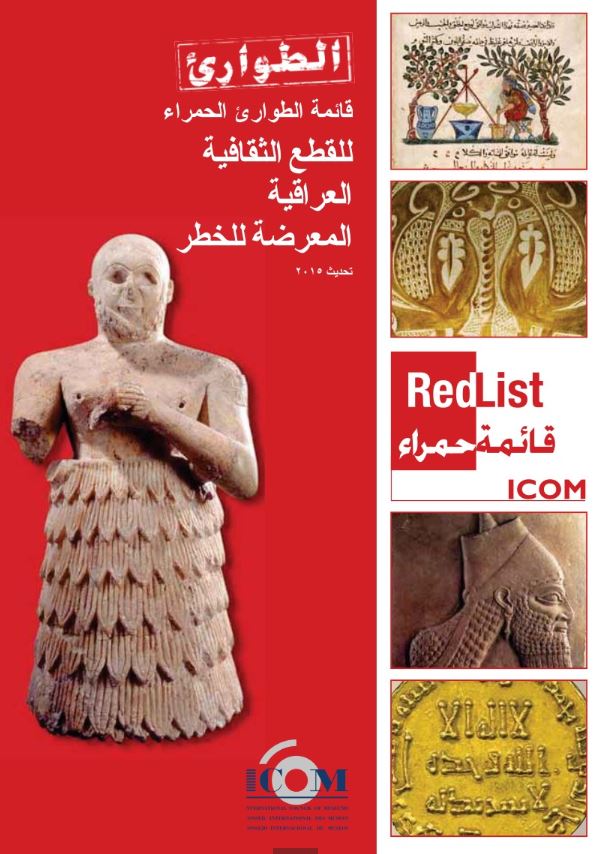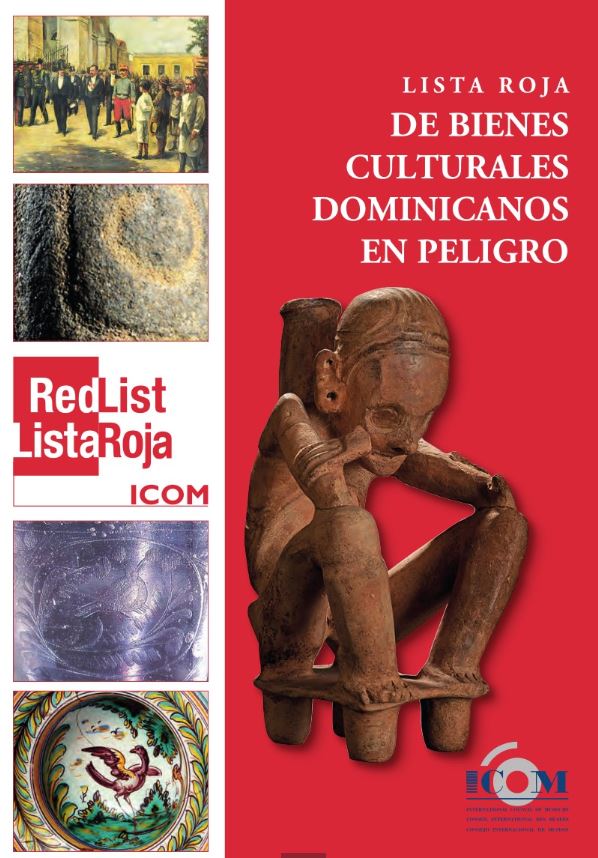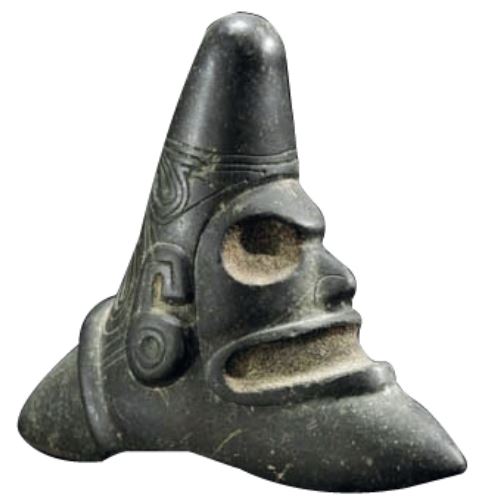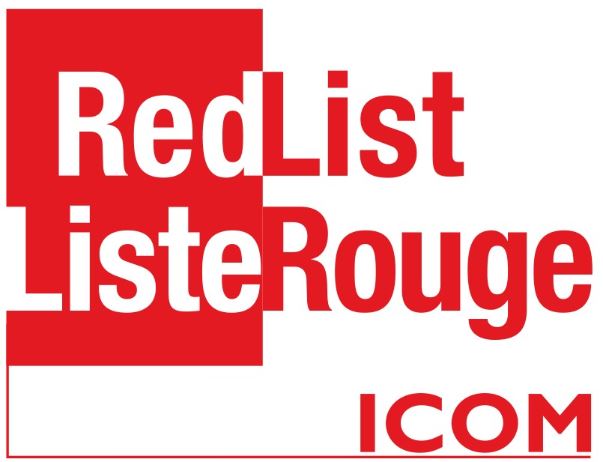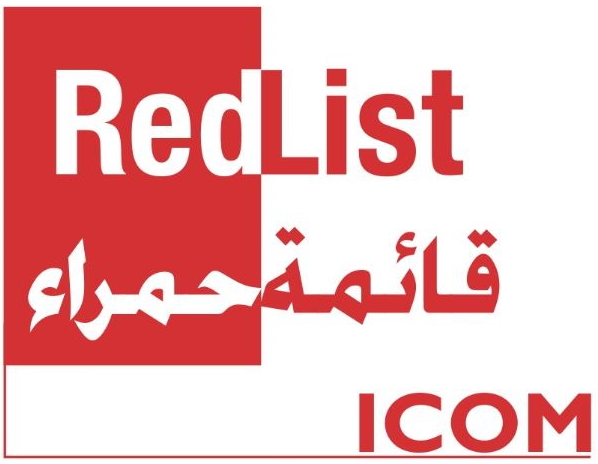5 Things You May Want to Know About… What an Art Collections Manager Does
This article is part of a new ongoing series on “5 Things You May Want to Know About…”. Future articles on this and various other subjects around collections care and collecting may be easily found by clicking on the “5 Things to Know” tag.
Managing an art collection encompasses all aspects of collections care, requiring expertise in a wide number of fields. A collections manager is responsible for record-keeping, which includes cataloguing new and existing objects but also documenting them and researching their provenance – including prior to a sale or purchase –, handling the acquisition process itself, ensuring that the right conservation environment – especially for a mixed collection– and having objects undergo conservation treatment if needed, handling long- and short-term storage arrangements, managing loans and exhibitions, keeping the movement records updated... the list goes on.
An art collections manager will therefore have many responsibilities. Among these are the following:
Help develop the client’s collection: After understanding what the collector wishes to do with their pieces (invest, keep for the long term, loan) and what their personal preferences are in terms of style, the collections manager can then assist them in developing their collections through new acquisitions. Doing so requires working with galleries, attending art fairs, staying up-to-date on art market movements, establishing relationships with different artists, etc.
Document and catalogue the pieces: Documenting and cataloguing collections go hand-in-hand. Documentation includes ensuring that all cataloguing, historical, and provenance documents can be found in the piece's file, as well as contracts, insurance, condition reports, and other related paperwork. Cataloguing is the keeping of an updated catalogue worksheet or inventory record, providing vital information on the object and for research and interpretation purposes, conservation and risk management, and even developing exhibits.
Ensure proper conservation measures: Conservation is a multifaceted part of collections care and critical to the objects' long-term preservation. Conservation comprises being aware of the environmental conditions required for display and storage (temperature, humidity, lux), how to adapt them to mixed collections, creating and updating condition reports as needed, realising when urgent conservation treatment is needed, and guaranteeing that proper handling methods are being used.
Advise on exhibits and displays: Some collectors wish to keep their pieces private, while others enjoy loaning them to museums and other institutions for various reasons, including financial ones. The collections manager may advise the collector on which pieces to display and help with all aspects of organising the exhibit, including contacting the proper specialised insurance and preparing the interpretation materials.
Assist with loans and outreach: Should a collector choose to loan a piece, the collections manager will handle some or all of the adjacent activities. These include arranging for specialized transportation and insurance, coordinating with the receiving institution on all administrative matters, staying informed on which outreach activities the piece will be shown at (educational, digital, general public), and reporting on them, and ensuring its safe return.
Effectively managing an art collection requires, therefore, professionals with vast amounts of knowledge and expertise, and access to teams who can handle the various responsibilities: curators, conservators, art advisors, registrars, shippers, provenance researchers, insurers, art analysis laboratories, among others. Collectors who hire a collections manager can be sure that their art is well taken care of, as the professional knows whom to call on and when to do so.
Conservation Treatments and Reports as an Integral Part of Provenance Research
I’m honoured to have been invited to contribute to Flynn & Giovanni's The Provenance Research Blog.
Conservation treatments and their reports, which include condition reports, are an important yet underused asset in provenance research. As written and photographic witnesses to the state of an artwork at a specific point in time, including details on any damages, changes, place(s) of conservation, and history of the piece, these reports are an essential part of research.
You can read the full article here.
Collections in lockdown times: What do we do?
Last September I contributed to the French Blue Shield Committee guidelines for collections care under lockdown conditions. I was also in charge of translating the document into Spanish and reviewing the English version. I'm happy to announce that they've now been published!
You can download all the language versions directly from here:
Providing better value to collectors: Technical analysis and collections management combined
The partnership between Art in Lab and Renata Kaminker – Fine Art Solutions, has allowed a collection’s owner to find the response to its scientific and collections management needs in one single place, thus saving valuable time and resources
Estelle Itié from Art in Lab and I are hard at work studying paintings under three different but complementary techniques:
Raking light
Ultraviolet (UV) photography
Infrared (IR) Reflectography
Each one of these analytical techniques provides a new level of information which will allow us to acquire a deeper understanding of the pieces under our care and the artist that produced them, while serving as added data to the inventory files being prepared.
In its most basic form, raking light renders the differences in the surface texture of the painting more visible, UV photography will provide information on which areas have been over-painted or if there is a varnish on the surface, and IR Microscopy will reveal any underlying drawings.
When combined with the previous study of the stratigraphic layers, performed a few weeks ago with co-founder of Art in Lab Ilenia Cassan, these images will allow to not only have empirical data supporting or refuting the artworks’ dating theories, but also allow for better future conservation treatment choices.
* Our client’s privacy being one of our prime concerns, when sharing any images we do so with the owner’s written permission and ensuring that the artworks are either blurred or have only details appear.
Raking light
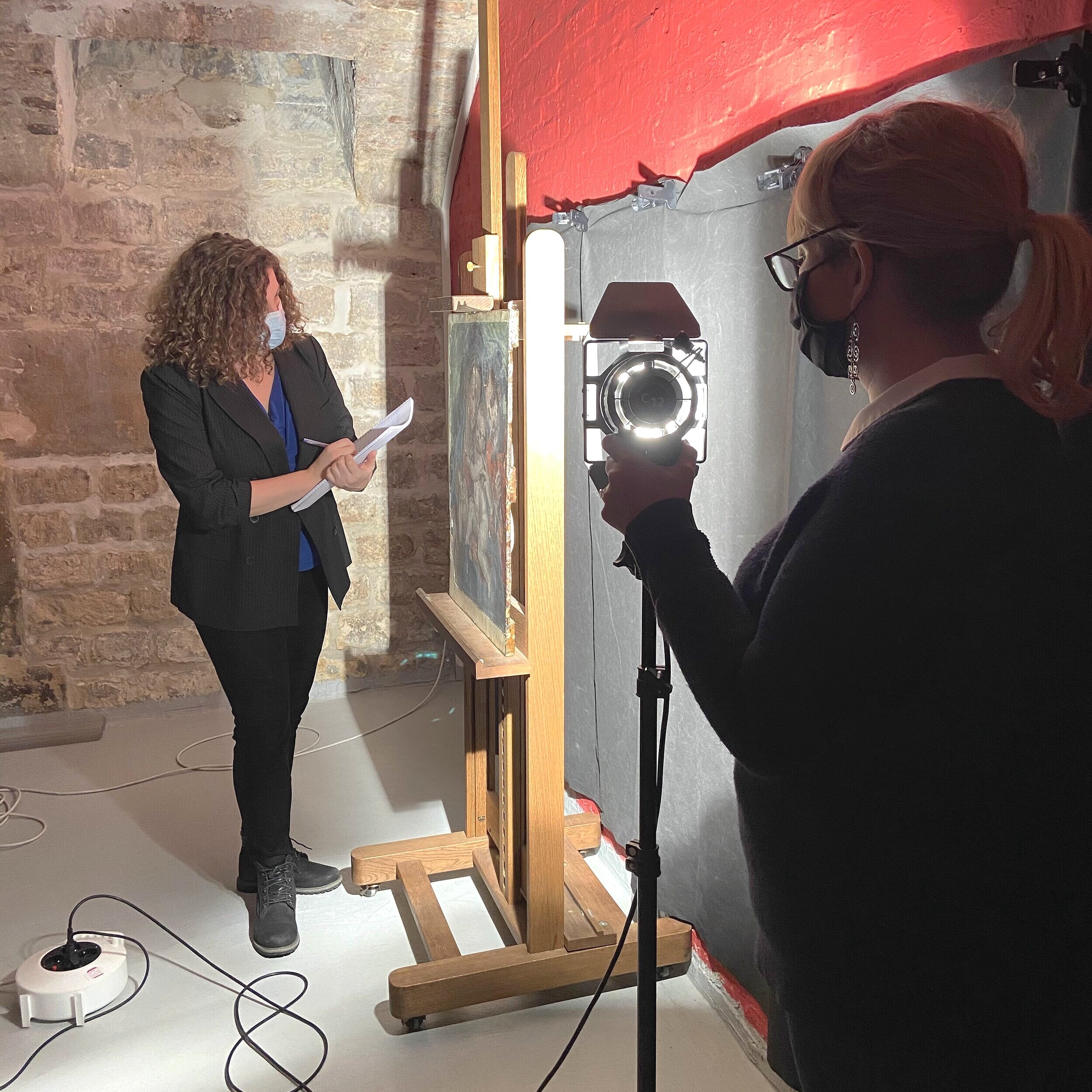
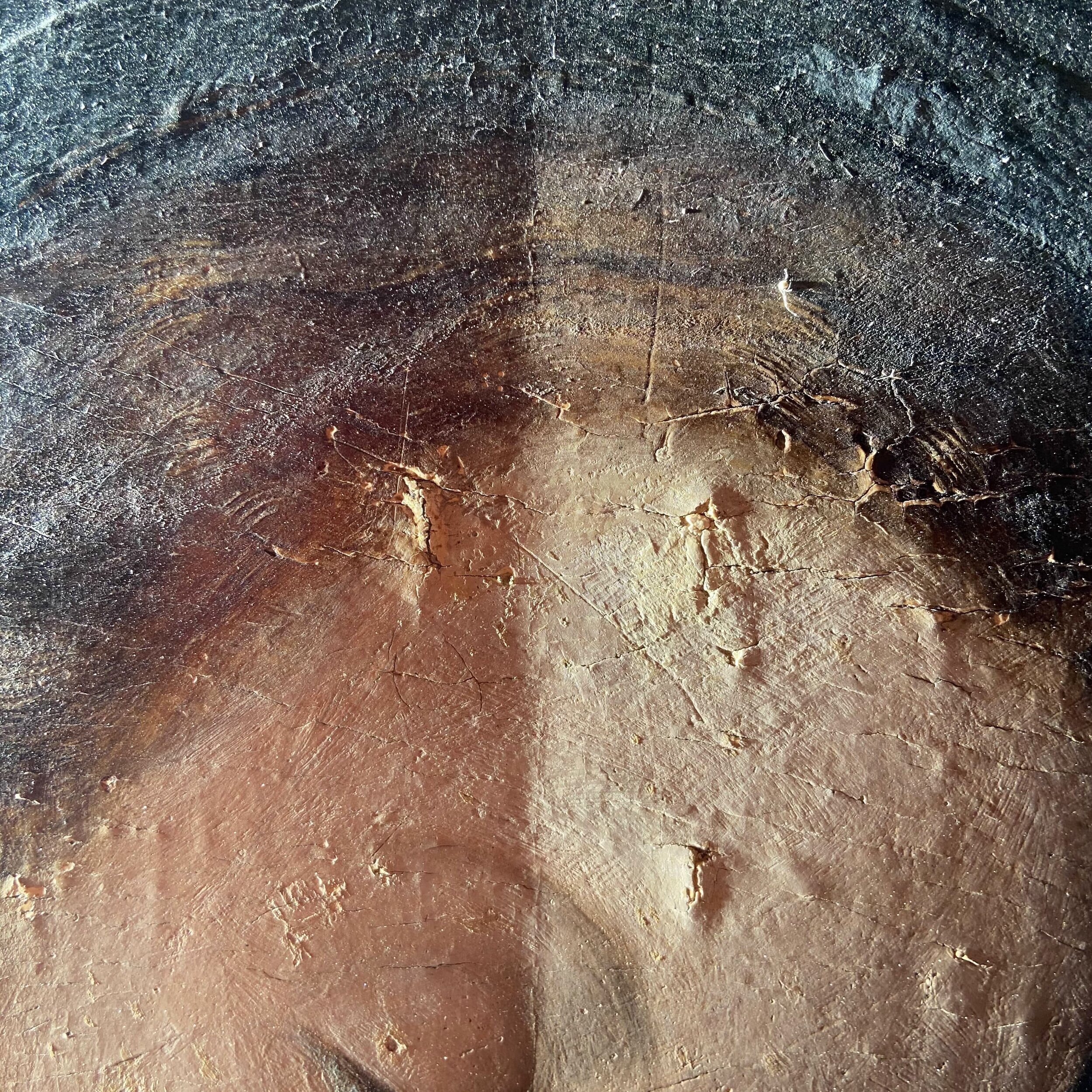

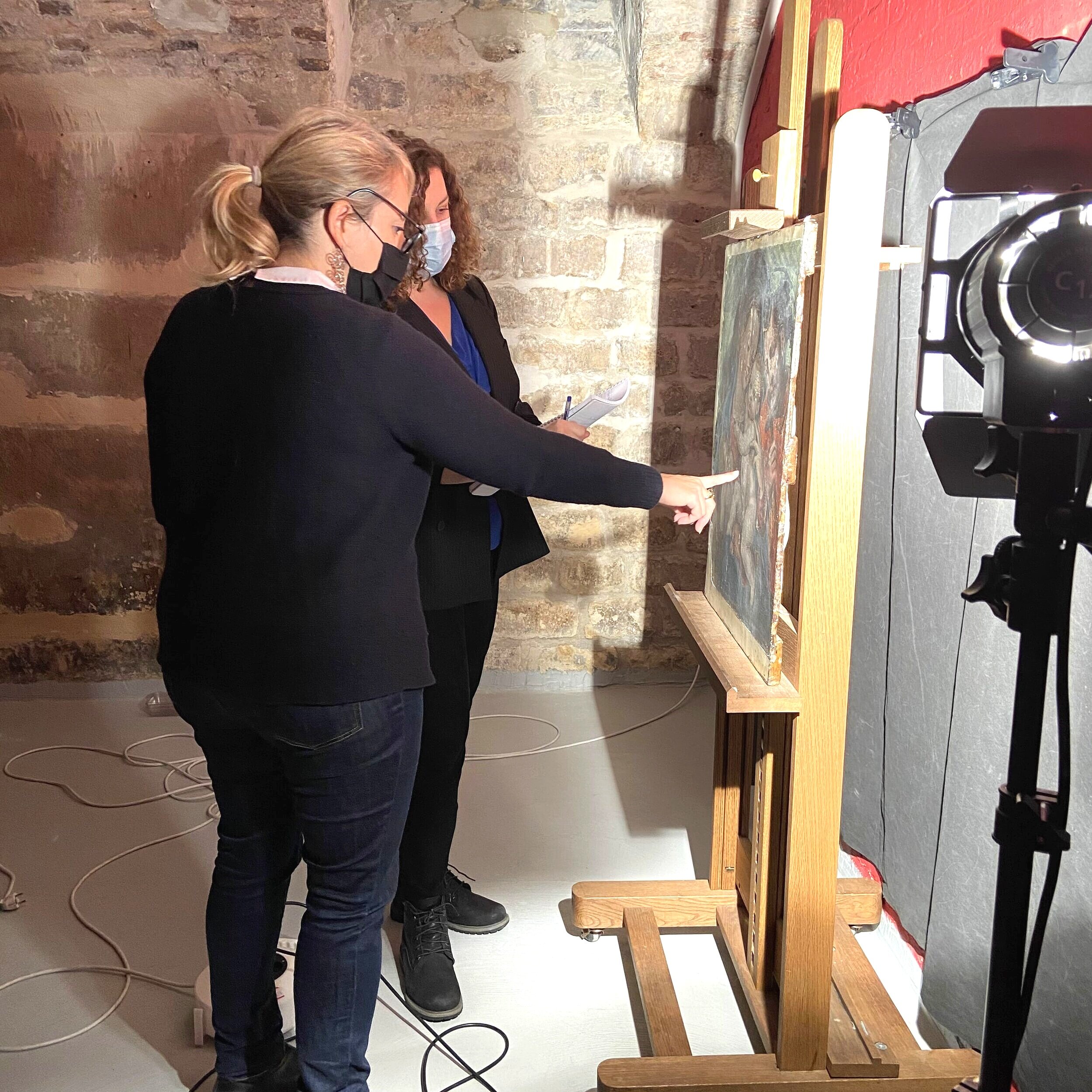
Under raking light, the painting is illuminated from only one side, at an oblique angle as related to its surface.
As stated above, raking light allows us to clearly see the surface’s texture, highlighting any differences, be it due to damage or to the artists’ doing, such as thicker brushstrokes or an impasto.
It is one of the two most common techniques used by conservators to study a piece when preparing a condition report as it reveals easily, quickly, and very clearly the surface condition of a painting.
Ultraviolet (UV) photography
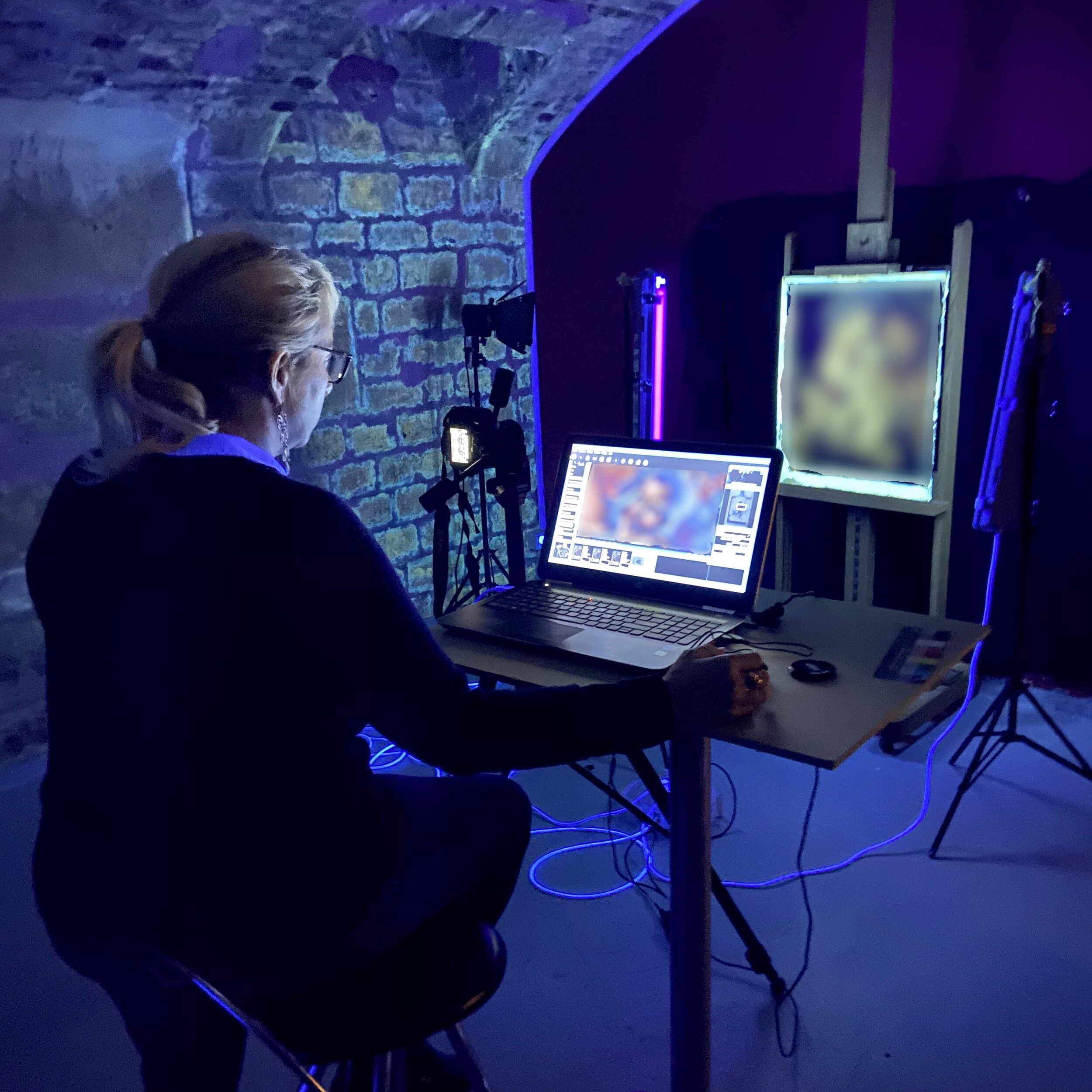
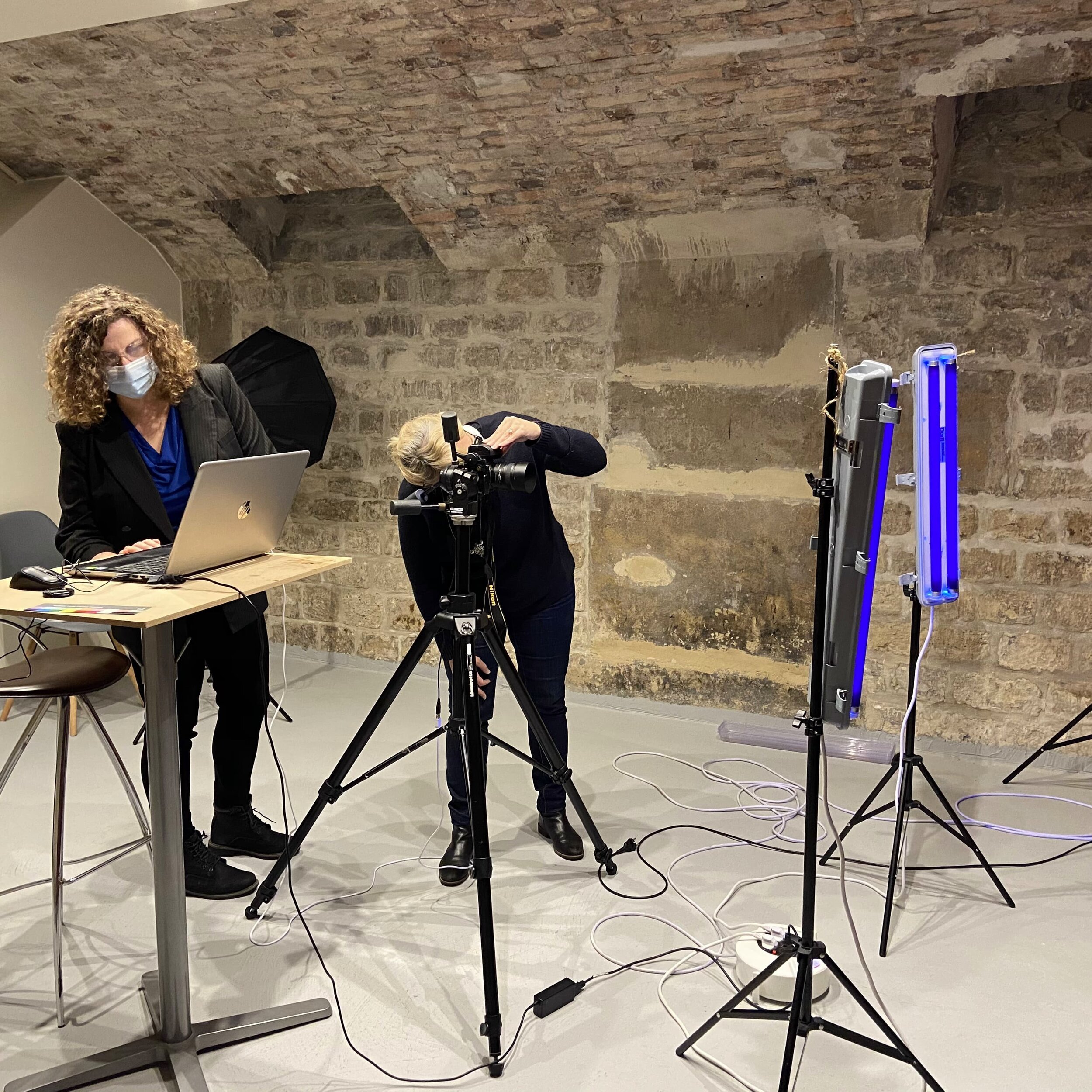
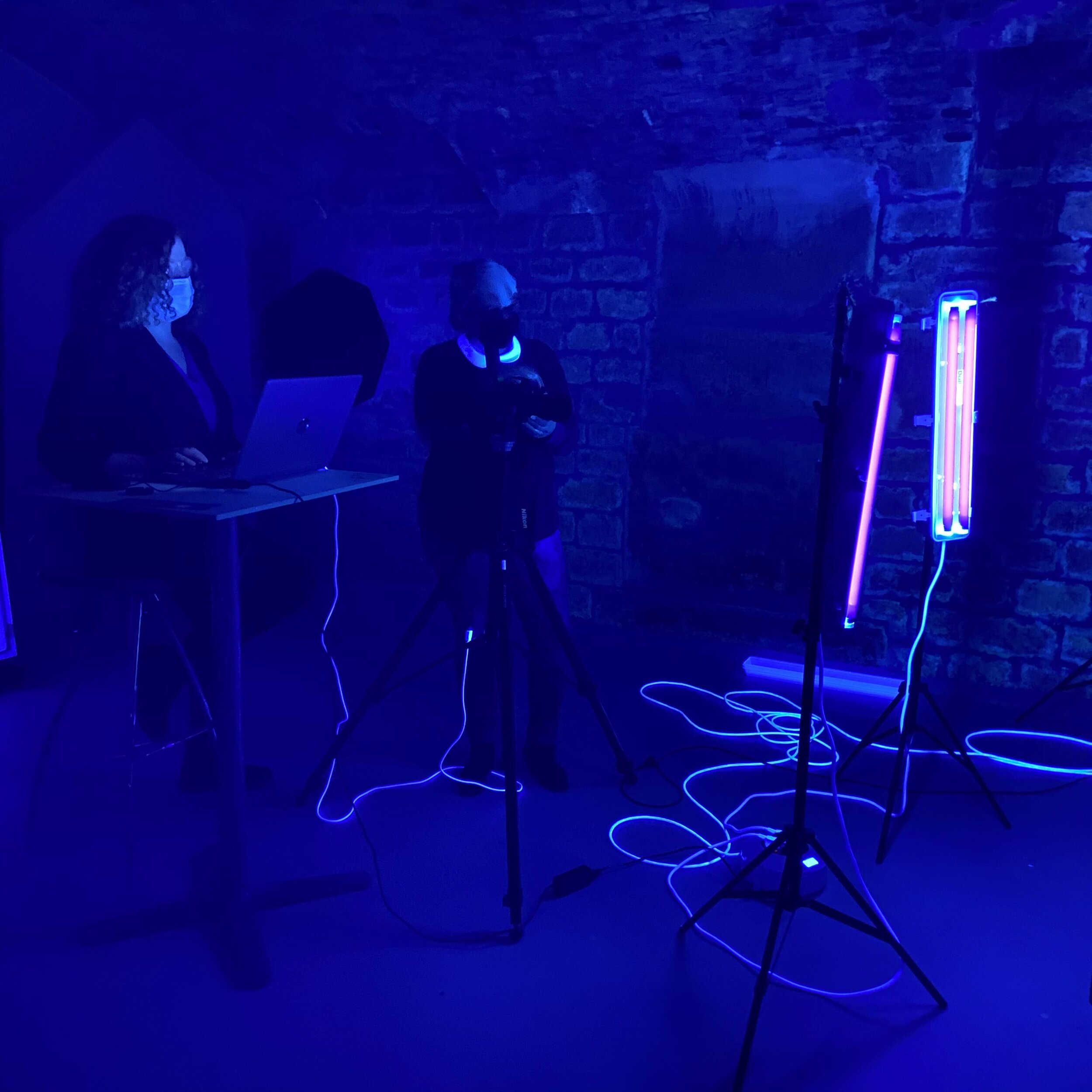
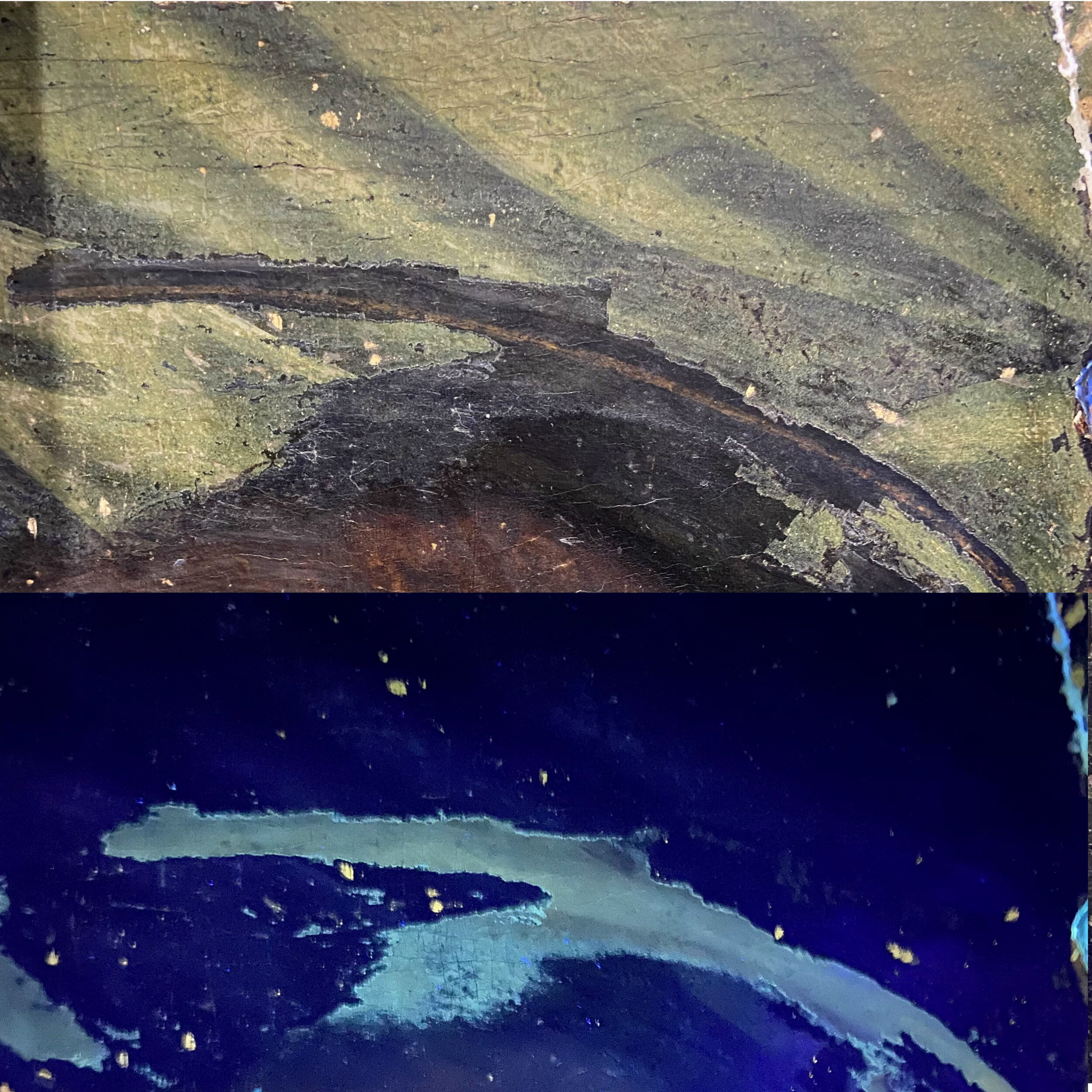
UV light is the other analytical technique most commonly used by conservators and conservation scientists alike, and is also included in condition reports.
UV light reveals:
Previous restorations, such as retouchings
Over-paintings
The presence of older natural resin varnishes
The probability of a signature or inscription’s authenticity, when compared to the surface surrounding it
The state of an artwork’s varnish
We have chosen to take things taken a step further and, in agreement with our client, have added these images to the collection’s inventory files for use in future treatment choices as well as comparison should there be any issues with the preventive conservation and storage measures that they decided on.
Infra-Red (IR) Reflectography
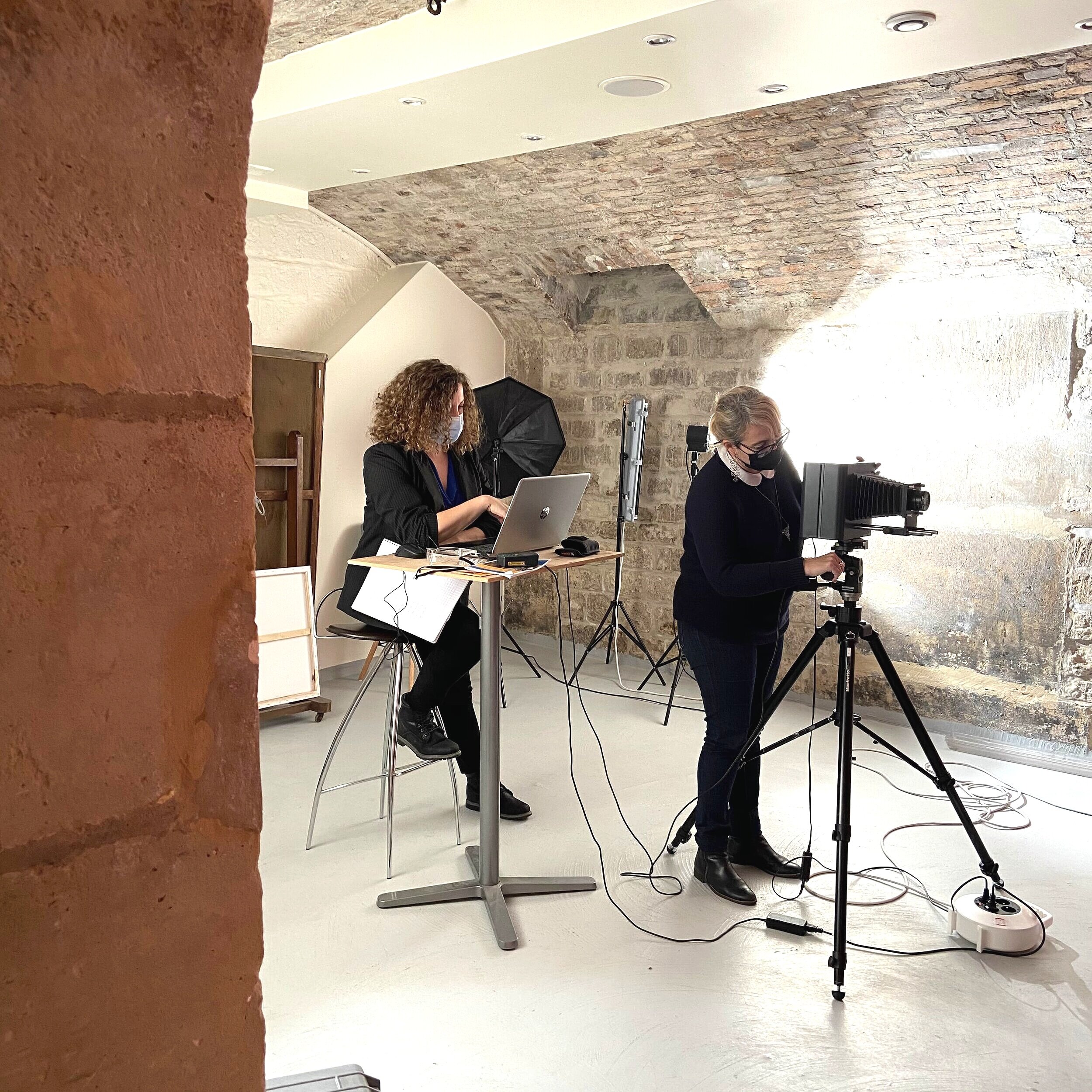
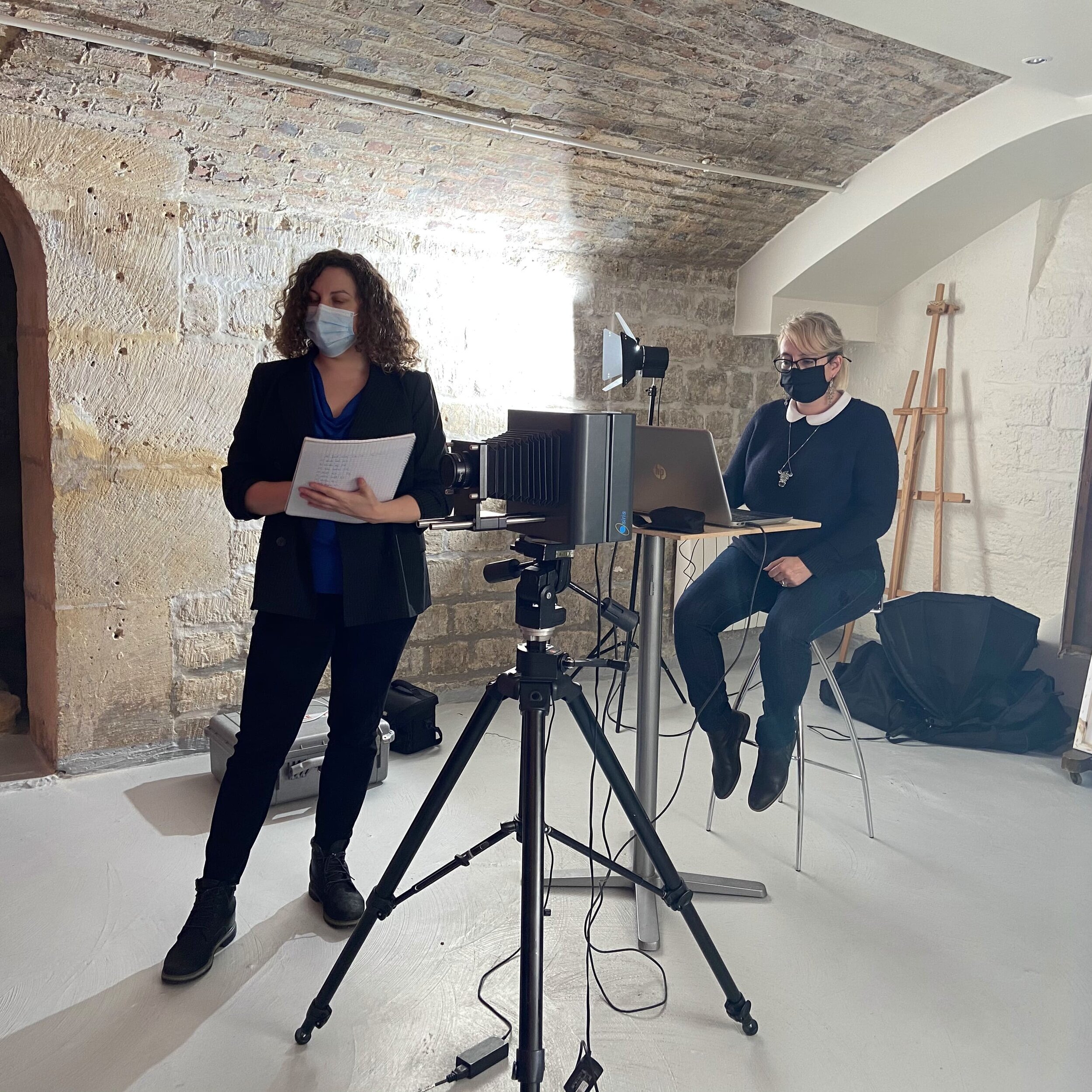
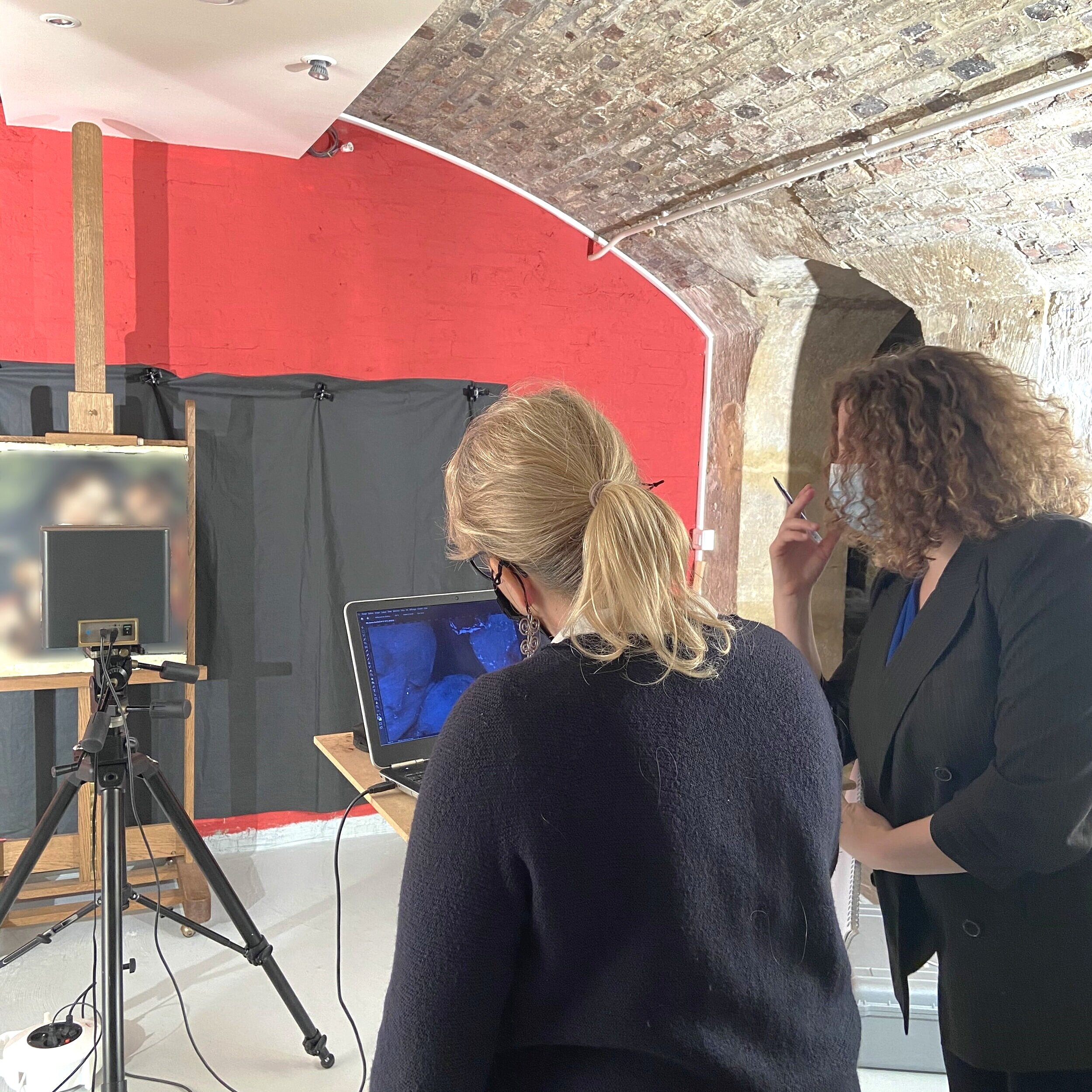
IR Reflectography is used to “see through” paint layers. This imaging technique allows us to study any existing underdrawings or compositional changes that lie beneath the visible paint layers.
IR Reflectography allows researchers to further understand the working process of an artist, which in turn will inform conservators on how to proceed. It is also used to help reveal fakes and forgeries, as these rarely have the type of underdrawings an original painting has, with all its mistakes and changes decided by the artist.
It’s been wonderful working on this collection with Art in Lab, and I look forward to future projects together. Throughout several weeks we have analysed paintings from different time periods and in different mediums, have created inventory files for all the pieces, and added condition reports to each one of these.
Thanks to the partnership between our two services the owner of these pieces has a full response to the questions of what he has, what state it is in, and what can be done to preserve it all moving forward, all in one place and without having to risk transporting the pieces or spending time going to see different specialists each in their own location.
"Managing Your Collection" article published in Art Law Club
I’m grateful to the Art Law Club for the invitation to write an article on collections management back in March 2020. It was a pleasure to touch on such important issues as preventive conservation and inventories.
“Managing a collection is both a simple and complex issue. There are a set number of guidelines that institutions should follow, and which cover a wide range of areas. This can seem overwhelming when one is faced with a whole collection and an entire building instead of individual pieces and rooms. It is because there is so much information to be considered that the prospect of managing a collection may seem daunting to some. In order to help institutions and their professionals get started with this task, this article aims to give a quick overview of the basic procedures…”
You may find the full article here: Managing Your Collection.
Renata Kaminker - Fine Art Solutions surveyed the Musée Biochet-Bréchot’s collection
Renata Kaminker - Fine Art Solutions was recently entrusted with performing a collections survey for the Musée Biochet-Bréchot in Caudebec-en-Caux (Normandy, France). The museum, which is housed in an 12th century Templar building, is scheduled to open in early 2021.
The Musée Biochet-Bréchot holds a wide range of objects, extending from Merovingian swords to 19th century paintings. The collection presents the history of the town and the region.
The conservation survey included:
A study of the condition of each object in the collection
An overview of the preventive conservation measures in place in the exhibit space and the storage area
A review of the state of their inventory
The on-site survey will be completed by a full report presenting the findings, suggestions on how to best approach the work to be done based on legal requirements as well as priorities related to the needs of the objects themselves, and advice on the preventive conservation measures that the museum could take to better preserve their collections.
As a third-party independent report, the document will then be used by the Musée Briochet-Brechot to schedule the upcoming work in a more efficient manner, organize their upcoming budget and staff requirements, and support financial requests.
Renata Kaminker - Fine Art Solutions is delighted to be part of this exciting project and I look forward to the opening of the museum next year.
Renata Kaminker - Fine Art Solutions attended Fine Arts Paris' evening event
Renata Kaminker, of R.K. Fine Art Solutions, attends Fine Arts Paris with partners Christine Martin (CEO of Pinakotag) and Ilenia Cassan (Co-founder of Art in Lab)
Renata Kaminker - Fine Art Solutions attended Fine Arts Paris’ evening event yesterday. It was a lovely occasion to exchange on business perspectives with clients and partners.
Created in 2017 and located at the Louvre Museum, Fine Arts Paris was founded by the organizers of the French Salon du Dessin and in association with Paris Tableau. As its name clearly states, it is a specialist art fair dedicated to the fine arts, from Antiquity to today.
Dedicated to drawing, painting and sculpture, Fine Arts Paris showcases its desire to promote Paris as a stronghold of the global art market thanks to the works selected by its exhibitors and a dense programme of cultural events. This year’s off-site events, held in partnership with various art institutions and museums in the Île-de-France region, offer a series of special visits to major exhibitions and little-known corners of the city.
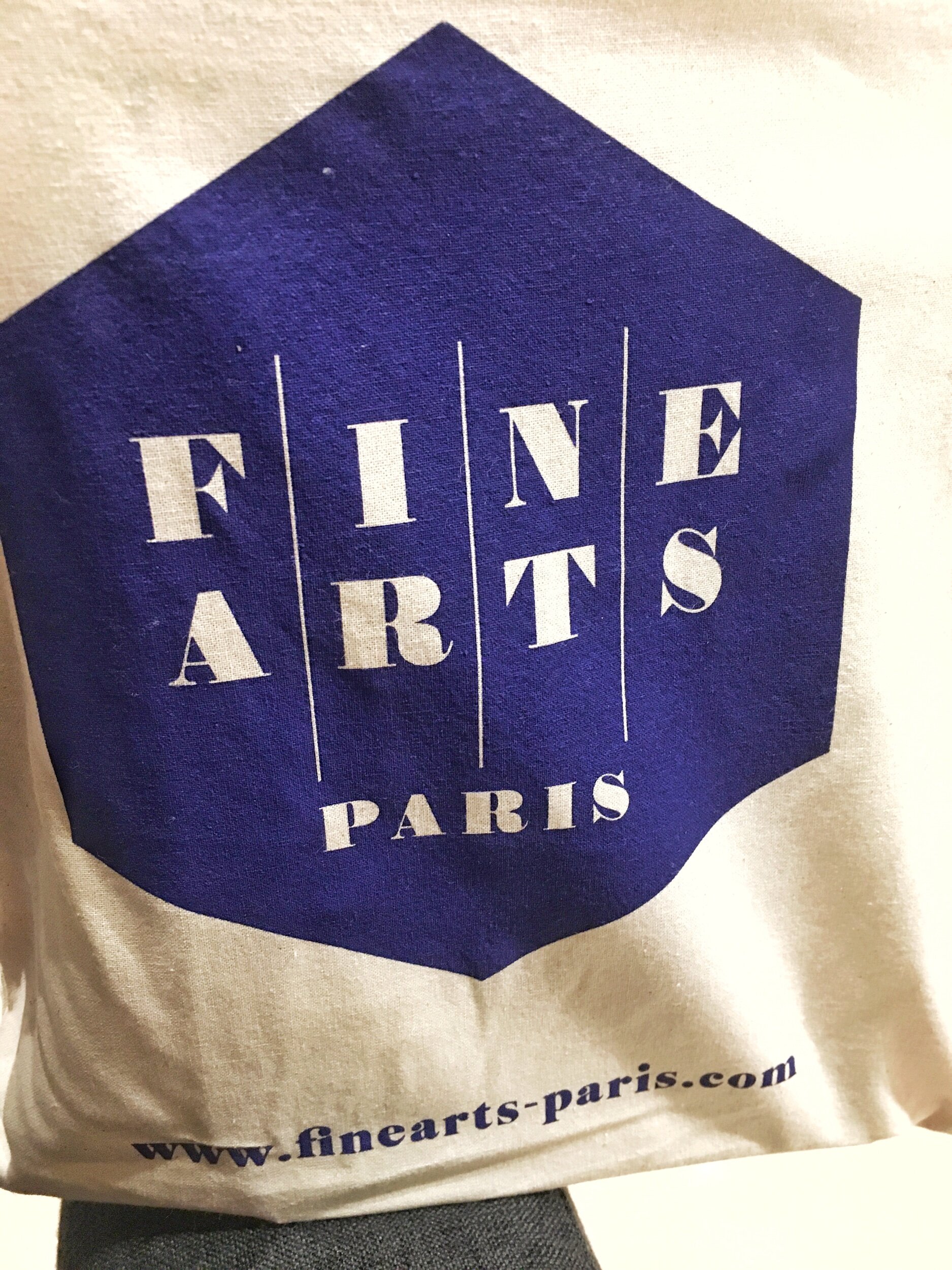








Renata Kaminker - Fine Art Solutions partners with Pinakotag for its work at the Musée Élise Rieuf!
Renata Kaminker - Fine Art Solutions is proud to present its new partnership with Pinakotag!
Video in French, with English subtitles
Pinakotag is a web-based management system that centralizes all relevant information (material, historical and administrative) for fine art collectors (private and institutional). It responds to the need for registering one’s collections and follow up each individual piece’s life (restoration, transportation, documentation, etc.). Under the guise of a traditional wax-seal is hidden a microchip linking to the relevant information. The chip is readable on any smartphone or tablet. Created by a painting’s conservator, it allies IoT technologies and fine art conservation constraints.
In partnership with Pinakotag, Renata Kaminker - Fine Art Solutions started on the final phase of setting a new inventorying process which would allow the Musée Élise Rieuf (Massiac, France) to confirm the localization of its artworks, update the inventory files, and fluidify and simplify their working process all in real time, rendering it all more time-efficient.
The system will allow the 3-person museum staff to quickly and efficiently organise the inventory of its collections, and follow-up on the localisation of its 600+ pieces at a rate of 150 artworks per hour and per person.
Renata Kaminker - Fine Art Solutions is delighted to have included in this new project! We aim to simplify the tasks of those who handle collections, large and small, freeing them so that their time may be used in pursuing other urgent matters.
What Our Clients Say About Us
“Pinakotag is very happy to work in partnership with R.K. Fine Art Solutions, as we have the same philosophy when it comes to artworks (love of art, respect for the material and history of the pieces, professional ethics) and a complementary approach to collection management.”
Renata Kaminker - Fine Art Solutions works on national military collections
I had the honour several years ago of working for the French national museum, Musée de l’Armée – Hôtel national des Invalides (Paris). I was asked to apply remedial conservation measures, as well as create or update inventory files, for the museum’s 19th and 20th century military uniforms and other paraphernalia (textile, leather and metal).
It was a pleasure to work on a national collection such as this one, and to have been part for nearly a year of the museum’s 7-year building and exhibition spaces renovation project.
#throwbackthursday Project management of ICOM’s Red Lists of Cultural Objects at Risk
Over the course of several years, I was in charge of managing ICOM’s Red Lists of Cultural Objects at Risk. Ispecifically worked on the Emergency Red Lists for Iraq, Egypt, Syria, Libya, and the Mali section in the West African list, as well as the regular Red List for the Dominican Republic.
I also monitored and reported on emergency situations for museums and cultural heritage sites for ICOM and the International Committee of the Blue Shield, and training of museum professionals on fighting illicit trafficking of cultural goods, collections inventory, and emergency situations.
Projects were finished on or ahead of schedule, and under budget. This allowed for the remaining funds to be invested in new Red Lists as the demanded required them. It was an honor to work on these long-lasting tools dedicated to fighting illicit trafficking of cultural goods around the world, and specifically in conflict areas.
The success of the Watch Lists was illustrated by the request of the US Blue Shield Committee to have a list drawn for Libya, to be given to NATO before the air strike. The result was that extensive site damage was avoided, thanks to NATO having their exact coordinates.
Renata Kaminker - Fine Art Solutions returns to MuséAl to train museum staff
Following the collections’ survey that Renata Kaminker - Fine Art Solutions performed performed for MuséAl (Ardèche, France), the archaeological and site museum in Alba-la-Romaine, in December 2018, I was delighted to have been back to MuséAl on 24-26 June to train the staff on:
How to manage their national collections according to the particularities of French museum legislation they fall under
How to properly handle museum objects
What is preventive conservation and how to apply it to their collections (in both the exhibition rooms and storage areas)
How to organize their storage rooms
Which were the legal and practical specificities regarding inventories that they needed to be aware of
How to prepare an emergency plan for the collections and the staff
The 2018 conservation survey was completed by a report which included a review of the state of conservation of the museum’s collections as well as of the state of their inventory and preventive conservation measures. The report included a suggestion on the order of work priorities, as well as information on the preventive conservation measures that the museum could take to better preserve their collections.
The report was then used by the museum to enhance their work and better prepare the budget and staff requirements for the following year.
I look forward to my next visit to MuséAl, to follow-up on the updating of their collection’s inventory!
